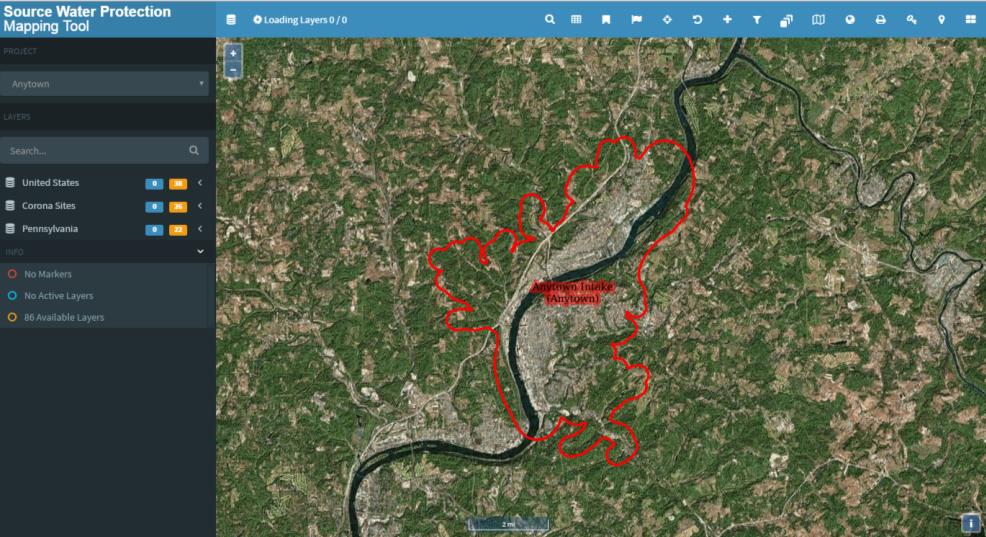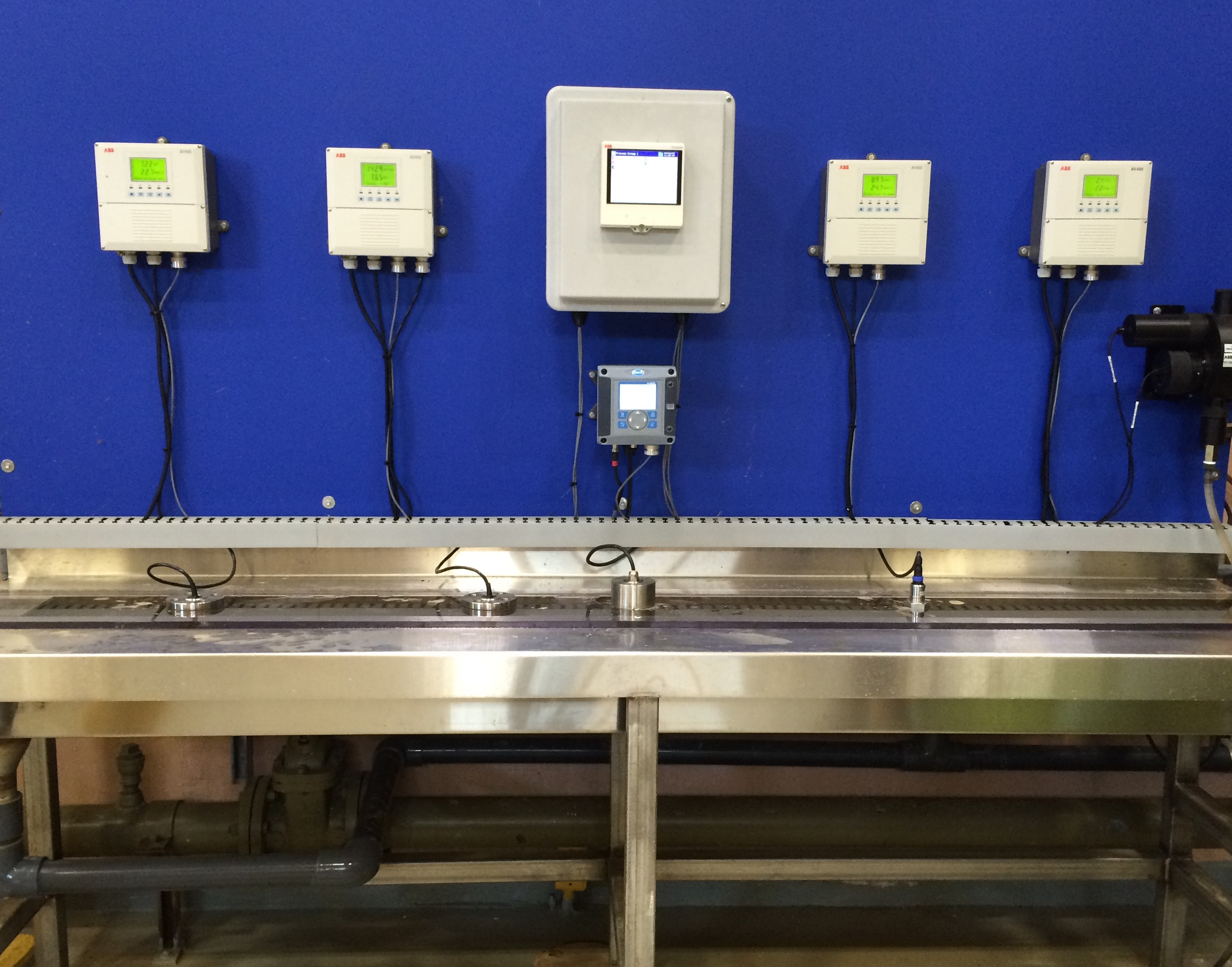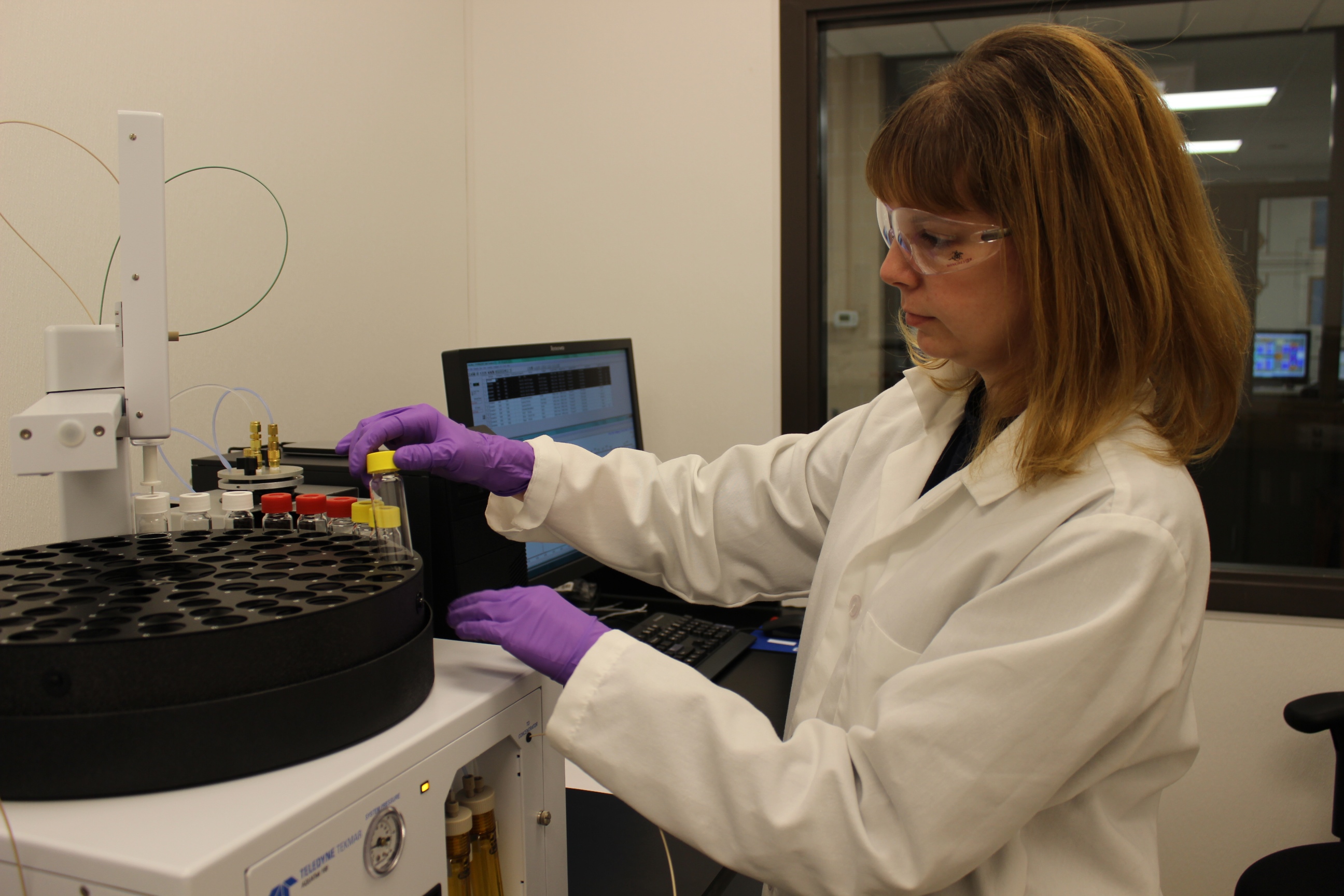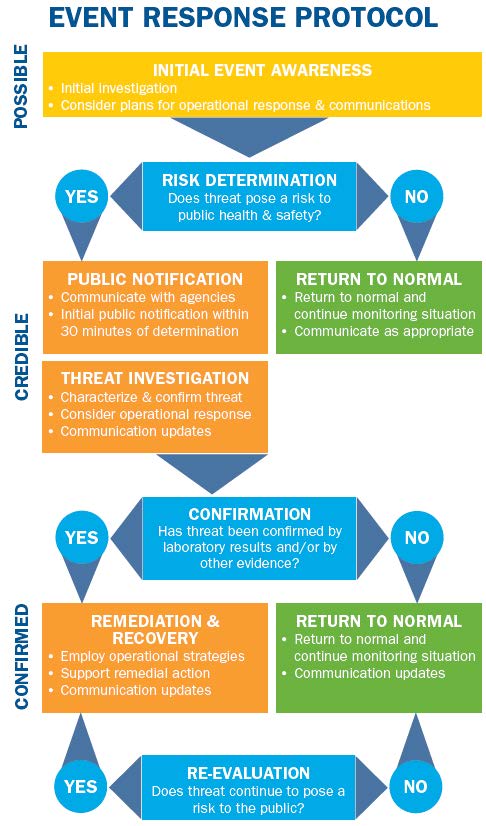ONGOING PROGRAM ACTIVITIES
At West Virginia American Water, source water protection is one of several important parts of our overall approach to provide clean, safe water for our customers. We have significant efforts underway to expand this program and surpass regulatory requirements. Below are some highlights and progress updates for these initiatives.
Source Water Protection Plans
Public versions of the Source Water Protection Plan (SWPP) for each of our water systems are posted here. Implementation is underway on the activities identified in each SWPP. For more information about how you can get involved in ongoing source water protection efforts, contact us here.
Source Water Assessment
We’ve partnered with Corona Environmental Consulting and the Water Research Foundation to pioneer a new and innovative method to compile contaminant source information. This consists of a Geographic Information System (GIS) map-based tool called WaterSuite that collects information about potential sources of contamination from various data sources and pulls it into a single contaminant information database for a defined area of interest. The information can be updated on a regular basis to include the latest information available and has dynamic search and reporting capabilities.


Source Water Monitoring
We have developed a source water monitoring program that combines continuous water quality indicator monitoring with advanced organics analyses to optimize treatment operations and identify the presence of potential contaminants.

Federal and state regulators, along with industry experts, have recommended online, multi-panel water quality monitoring devices as an effective option for detection of source water contamination. You can find the WV Department of Health and Human Resources fact sheet on Source Water Contaminant Detection here. West Virginia American Water conducted a thorough analysis of available technologies based on these recommendations and prepared a Report to the Joint Committee on Government and Finance. We have selected and installed monitoring equipment at each of our treatment facility intakes at a cost of approximately $30,000 per facility. These devices are not intended to identify specific contaminants, but rather to alert water systems of a potential change in water quality, spurring further investigative testing.
We are partnering with international experts on an advanced event detection system for the online monitoring equipment that is capable of identifying statistical changes apart from baseline conditions that could indicate the presence of contamination. We are conducting baseline monitoring to allow for natural and seasonal variability in source water quality and are currently in the process of evaluating and calibrating an event detection system using baseline conditions.
West Virginia American Water has also developed internal capability to test for volatile organic compounds and semi-volatile organic compounds using technologically advanced laboratory equipment. We constructed a $400,000 laboratory at the Kanawha Valley Treatment Plant in 2014 with two gas chromatograph / mass spectrometers and hired a skilled laboratory technician to operate this equipment on a regular basis. In 2016, we added a flame ionization detector to our Kanawha Valley Water Treatment Plant for additional monitoring of fuels and oils. Our Kanawha Valley and Huntington facilities are the only water treatment plants in West Virginia with this advanced equipment and testing capability.
In late 2017, we installed additional continuous monitoring for organics at the Kanawha Valley Treatment Plant that is part of ORSANCO’s Organic Detection System (ODS) along with our Huntington facility. Our Huntington plant has been an active ODS member for several years due to its location on the Ohio River. A pilot study is also underway to conduct in-stream monitoring of the Elk River upstream of the Kanawha Valley Treatment Plant.
Read more about engaging in Source Water Monitoring.

Alternate Water Sources
We commissioned a detailed engineering report to evaluate options for alternate sources of supply including backup intakes, raw water storage tanks and reservoirs, interconnections with other water systems, and groundwater supplies. The report presents the available options for each of our water treatment plants, along with an estimate of the capital investment that would be required to implement each option. We have also constructed two new four million gallon tanks in Amandaville to provide additional storage for the Kanawha Valley system.
Kanawha River Study
Contingency and Communications Plan
Water utilities can develop strategies to understand and manage risks to source water supplies, but no water utility can prevent the occurrence of chemical releases, power outages or natural disasters. That is why it is important to have emergency response plans in order to help facilities respond to a wide variety of potential emergency situations. We have emergency response plans in place, which are protected from public disclosure by bioterrorism laws put in place for the safety and security of water systems nationwide.
The following diagram shows our general approach to responding to a source water contamination event.

Our emergency alert system, CodeRED, is a high-speed mass notification system to keep customers informed about water-related emergencies. Customers receive notifications through automated phone calls, text and e-mail. Alerts sent through the CodeRED system are available on the “Alert Notifications” page on our website, along with a map of the impacted area. To ensure that we can contact you quickly in an emergency, log on to our web self service portal ( www.amwater.com/myaccount) and confirm or update your contact information.
Public Outreach and Education
Our source water protection program includes an outreach component to educate the
community about their sources of drinking water and things that everyone can do to
protect and improve them. We use various outreach methods including:
Water Quality Reports
Environmental Grant Program
Customer communications
Community service projects
Employee engagement
Plant tours and events
School programs
Water Learning Center
For more information about our community involvement programs and to request a plant
tour, speaker or H2O On the Go, click here.
